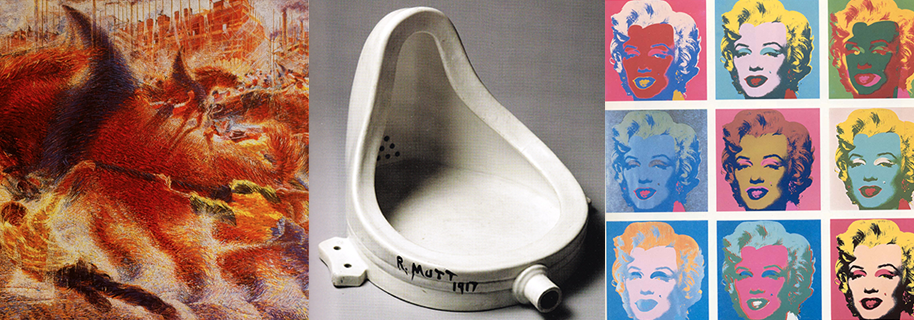
ART FUNDS STRATEGIES
The major strategies typically utilized by art investment funds include traditional “buy and hold” strategies; “geographic arbitrage”, which aim to exploit differences in price realization for certain artists’ works in different geographic locations; “artwork driven” strategies, which seek to profit from issues impacting a specific artwork’s offered price (such as issues relating to its condition, provenance, title, etc.); “regional art” strategies, which concentrate on investing in art from a particular geographic region (i.e., Chinese art); “period strategies”, which focus on investing in a particular period of art (modern, contemporary, impressionist, etc.); “emerging artists” strategies, which center around the investment in artists that are not yet established and therefore have the potential for rapid price appreciation; “intrinsic value” strategies, which involve investing in works by artists perceived by the fund manager to be selling at deep discounts to their actual or potential value; “leveraging” strategies, which involve borrowing on the art held by the art fund and using such funds to acquire additional art expected to produce returns greater than the borrowing costs during the term of the loan; “distressed art” strategies, which focus on the acquisition of artworks at deep discounts from collectors facing bankruptcy or insolvency; “co-ownership” strategies, which involve the art fund acquiring works jointly with other third party investors to share the risk of a particular investment and provide for further diversification of the art fund’s investment portfolio; “showcasing” strategies, which seek to increase the value of the fund’s art portfolio by arranging for the placement of such works in important museum shows; “bulk buying” strategies, which involve buying large lots of art in order to obtain better pricing and lower transaction costs; and “medium” strategies, which center on the investment in a single form of media of art (i.e. photography) for which the art fund manager has particular expertise and deal flow.
Actual art funds are subject to some financial industry regulation and must comply with initial and periodic disclosure requirements, and antifraud provisions, which provide some level of investor protection. Art fund managers also have a fiduciary duty with regard to their investors, which is virtually non-existent in gallery-investor or auction house-investor relationships. Additionally, fine art has an inherent appeal as a luxury good, and depending on the fund, may be loaned out to investors for personal use.
One potential drawback of art fund investing is that traditional financial modeling does not generally work due to the unique nature of art works and trends in the art market. For investors who are accustomed to relying at least partially on traditional models, this may cause some discomfort. Another concern is that art funds require professionals who can strategically advise on the purchase and sale of art works; however, this is a difficult skill to qualify as past performance is often hard to measure. Limited liquidity is a major issue facing art fund managers and investors.
Furthermore, as previously mentioned, unlike the financial markets, the art market is highly unregulated leading to less investor confidence in fair dealings, and more potential for price fixing and manipulation. The issue of valuation presents another problem for art funds as the value of acquired works remain that of the purchase price, not accounting for any shifts, until there is a liquidity event, making it hard to value a fund at certain benchmarks. Provenance issues are also pervasive in the art world and may arise if proper research is not carried out prior to purchase.
In conclusion, the subject of art funds has seen about as much enthusiasm as it has criticism from the financial industry. However, it is worth noting that what most people today consider mainstream alternatives (hedge funds, private equity and real estate) were not always considered to be so. This leaves open the possibility that art investment, and particularly art funds, may follow in their footsteps. In the meantime, those considering investing in an art fund are strongly advised to do their research and seek the advice of experts in the field.
Sources : Art Fund Association – Center for art law




